|
When running with the weighted rucksack – I use the two broad aspects of Daoist breathing usually termed ‘natural’ and ‘correct’. Bear in mind that this ‘moving’ activity is not the complex seated ‘neidan’ practice and is not subject to that type of control. Instead, as the bodily frame is placed under intense pressure, what is required is deep and full breaths, usually in and out of the mouth. This is because unlike the state of perfect balance that is constructed during the practice of Taijiquan (where the breath is taken in through the nose and expelled through the mouth) - running with a weighted rucksack overloads the biological processes to such a high degree that the maximum amount of oxygen is required to maintain its function. This is achieved by breathing in and out through the mouth. Once the parameters are set, what then is ‘Daoist’ about this practice? Natural breathing requires breathing deeply into the lower abdomen – this emphasises the use of the middle and lower-lung capacity – with the minimum of upper-lung capacity. Correct breathing requires the pushing-up of the diaphragm so that the inward breath is compressed from the expanded lower-lung and into the middle and upper-lung. Correct breathing inflates the usually neglected upper-lung capacity which is full of highly dense oxygen-absorbing body-cells. Generally speaking, the upper-lung is often used by the body in ‘emergency’ breathing if the body has become injured, ill, or is inhabiting an oxygen-deficient environment. The ancient Daoists seem to have understood that there is something special about the little used upper-lung within everyday life – and with this understanding they formulated a physical method of breathing that allows a voluntary access of this area. I tend to use ‘natural’ breathing when running with the weighted rucksack – but I switch to the ‘correct’ method when I need to stop to cross the road and/or significantly change direction. I usually take three full ‘correct’ breaths (which oxygenates the body to a greater degree) and then switch back to ‘natural’ breathing which is what I refer to as ‘maintenance’ breathing. Correct breathing in this context is not ‘maintenance’ breathing and should not be confused with the purpose of ‘natural’ breathing. Furthermore, the perspective I am giving here only makes sense when discussing weighted rucksack running. As weighted rucksack running using ‘natural’ breathing dramatically diminishes the oxygen levels in the body (stabilised through fitness levels) – ‘correct’ breathing represents a rapid intake of new oxygen by switching the emphasis of how the breath is managed.
0 Comments
All genuine Chinese gongfu (family) lineages possess a TCM (folk) prescription for 'Iron Fighting Wine'! These pages written in Medical Chinese ideograms are highly valued and treasured - even though they possess a number of different (but related) names - all variants of theme! As we value Traditional Okinawan Goju Ryu - this bottle is heading to a very good and esteemed Instructor of that martial art living in the UK! Brewing and bottling Dit Da Jow is a family affair that involves an element of profound spirituality.
Author's Note: I suspect there are many localised names for these folk remedies often linked to family gongfu styles. For instance, I was verbally taught to refer to this medicine as 'Iron Fighting Wine' (铁斗酒 - or 'Tie Dou Jiu' in Putonghua) - with the idea that the wine both 'cures' and 'toughens' the body - especially the anatomical weapons. However, when checking the medical notes of Master Chan Tin Sang (1924-1923) we discovered that this TCM treatment is listed as being referred to in a number of different ways. One such description is '跌打酒' (or 'Die Da Jiu' in Putonghua) - although this is not how we refer to this treatment in general conversation. This alternative description literally means 'Bruise Wine' or more specifically 'Bruise Removal Liniment' - although some versions (including our own) are also made to be drank (in small quantities). The complication seems to stem from the fact that in our Hakka-Cantonese dialect - both these names are pronounced 'Dit Da Jow'. The idea of 'Iron Fighting Wine' is linked to arm and leg conditioning which involves smashing the hands and feet repeatedly into hard objects. Afterwards, the broken skin and the deep and shallow bruising is treated with this liniment - which not only 'cures' but also hardens' the effected areas. As the liniment is vigorously rubbed onto the area in question - a 'Great Heat' ('Die Yeet' in Hakka-Cantonese) is produced - forming yet another descriptive explanation (Die Yeet Jow) that regularly use! ACW (26.11.2023) These medicinal ingredients were gathered in Hong Kong by Master Chan Tin Sang long before his passing in 1993. Indeed, many of the constituent herbs were actually sourced from various places throughout Mainland China and transported to various Traditional Chinese Medicine Doctors who ran the Herbal Medicine Shops throughout the New Territories and Hong Kong Island. Invariably, these shops were often located within dark and obscure back alleys.
A customer and/or patient has to approach the main desk at the front of the shop and present the 'Dit Da Jow' (铁斗酒) prescription (or 'recipe') - which is traditionally written in the Chinese medical-script - a different type of formal Chinese writing that is something akin to how classical Greek or Latin is used in the West for medical terms (although unrelated in structure). In the Hakka dialect - 'Dit Da Dow' - is usually termed ''Die Yeet Jow' (大暍酒) - but this changes the emphasis of the name from 'function' (fighting) to 'treatment' (rubbing the bruised area vigorously so that a great healing 'heat' is produced). Therefore, 'Die Yeet Jow' translates as 'Great Heat Wine'. We mixed these medical herbs with Western brandy on February 23rd, 1997 - and it has been brewing now for 26-years and nearly 9-months as of November 2023! This Japanese technique is written using two Chinese and one Japanese ideogram - with all three ideograms being routinely used in the Japanese written language - and two ideograms ('1' and '2') being used in the Chinese written language: 腰 - Japanese - Koshi (Chinese: yao1) = waist, hips and midsection 投 - Japanese - Na (Chinese: tou2) = throw, blend, redirect and reject げ - Japanese - Ge = down, low, depth and ground Interestingly, with regards the ideogram '腰' (Koshi) - both the Japanese and Chinese language dictionaries give an identical (and exact) physical location. Therefore, 'Koshi' represents the 'waist' (or the anatomical 'space' between the hips) situated toward the front of the body - whilst the back of the body corresponds 'Koshi' to the 'small of the back' or the 'lumbar' region. Although neither dictionary mentions the centre of gravity of the body - or the 'lower dantian' (both situated three-inches below the naval) it seems clear that such a 'special' area is implied. I think this assumption receives support as 'Koshi' is also used to refer to the 'kidney' area - perhaps slightly higher than the lumbar a 'cold' area significant within traditional Japanese and Chinese medicine. Although 腰 (yao1) is prevalent within Chinese martial arts (used to counter an opponent through penetrating their technique, blending with it and redirecting it) - 'Koshinage (腰投げ)' is a 'distinct' Japanese physical interpretation not found in China. When the Chinese government took Sō Dōshin (宗道臣) [1911-1980] to a Japanese Court in the early 1970s (an event covered in one of Donn F. Draeger's books on 'Modern Budo') - part of the evidence accepted by this Court that his style of 'Shorinji Kempo' ('Shaolin Gongfu') was NOT of Chinese origin - is that nearly all of its techniques include 'Koshinage' (the BBC chose to omit this Court verdict in its 1980 'Way of Warrior' series). Cooperation of this type is a Japanese cultural development - and is not found in China's traditional arts - even though the concept is present (and used in a different manner). However, I would note that the use of squat-kicks is found in Chinese arts and are used in exactly the same manner as this documentary suggests - although our Hakka style places a great deal on toughening the legs to take continuous impact (similar to Muay Thai fighters in Thailand) and keep effectively moving. The only Karate-Do style I have encountered that has squat-kicks is Goju Ryu.
Our Chinese grandfather - Chan Tin Sang (1924-1993) fought as part of the 'People's Militia' (with his Section also known as the 'Hakka Resistance') in the Hong Kong and New Territories region. When he recalled these events years later – he often described this time period (1941-1945) as ‘The years covered in blood.’ - as there was never a time that he was not covered in his own blood or the blood of his enemies. Hong Kong had been under the imperialist rule of the British from 1841-1941 - when the Imperial Japanese Army successfully overran the area - killing thousands of ethnic Chinese POWs and civilians in the process! Thousands of ethnic Indian and 'White' British soldiers were killed in combat, wounded and taken into captivity (where many were tortured). What follows is description of what the ethnic Chinese people experienced throughout Hong Kong and the New Territories – a reality either deliberately ignored or simply not known by Western historians and biographers. Part of the problem is not simply political bias or historical preference (although these two issues undoubtedly play their part) - but rather that not ALL ethnic Chinese people understood fully what was happening! The ‘White’ British Administration did not trust the ethnic Chinese population – as they were afraid of homegrown uprisings – but positively detested the Imperial Japanese! This is why the British Authorities ‘refused’ to arm the ethnic Chinese population at the beginning of the Japanese troubles! Rumours of a fifth column in Kowloon turned out not to be true (these groups were comprised of Japanese sleeper cells activated to meet and assist the incoming Japanese troops). As the British Authorities did not arm the local ethnic Chinese populations with modern firearms – these people (comprised of the Cantonese, Hakka, Hokkien and Teochew ethnic groups amongst others) had to rely upon their traditional martial arts skills to fight the Japanese invaders. This was NOT a problem as the ethnic Chinese attitudes were still very ‘feudalistic’ at the time and the martial arts incredibly effective on the battlefield and in self-defence encounters! How did (modern) British arms enter the area? This seems to have been through a behind-the-scenes agreement between the CPC and the British government. The People's Militia was organised by the Communist Party of China (CPC) - as the Nationalist government had no interest in Hong Kong being part of a united China again (for the British this must have been a tricky business as the CPC was not formally in power in China - nor was it ‘recognised’ by any ruling government outside the USSR). It is remarkable that given CPC troubles being experienced in Central and Northern China at the time (fighting the Nationalists and the Japanese) that it was able to 'project' its power into what was then a very distant and remote area – but the understanding that had been reached between the CPC and the British allowed a small trickle of UK arms into the region to be used by the local Chinese people! This 'Resistance' movement against the Imperial Japanese was permitted providing the CPC power structure (together with the British arms) be 'withdrawn' from the region following the eventual defeat of the Imperial Japanese! Our Hakka Chinese family clan in Sai Kung suffered terribly at the hands of the brutal Japanese - with women and girls routinely 'raped', 'tortured' and 'murdered'! Not only do we possess eye-witness accounts of this barbarism - but long before the internet the Japanese liked to 'photograph' (and sometimes 'film') their crimes for all to see! These are crimes that the Japanese committed all over China and Asia - and which the Japanese government has yet to properly acknowledge and apologise for! Chan Tin Sang was 17-years old in 1941 and 21-years old in 1945 - when the war ended. During that time, he lost most of his immediate relatives and was accustomed to fighting ‘hand-to-hand' with the fanatical Japanese soldiers - using his Hakka martial arts skills to survive (his father died fighting in this manner in 1944). Later, in search of a better life - Chan Tin Sang came to England in 1956 when he was 32-years old. He worked hard for 10-years in what became London's 'new' Chinatown and finally saved up enough money to bring his wife and daughters to the UK (as they already possessed 'British Citizenship') in 1966 (when he was 42-years old). He passed away in 1993 when he was 69-years old - which was quite old at the time - but many believe that the years of deprivation (and continuous violence) he experienced between 1941-1945 definitely shortened his lifespan. Sometimes - as individuals and groups - we possess no choice. By the time the Western allies were landing on Normandy 79-years ago – the Japanese Occupiers were still strong and effective throughout Hong Kong and the New Territories! It would be with the entry of the Soviet Red Army (during late 1945) into Manchuria that begin the demise of the Imperial Japanese Army and signal the return of the British to Hong Kong!
Source: Xinhua Editor: huaxia (English) 2023-04-21 Chinese Language Text: 中国出土医学文献与文物研究院成立 CHENGDU, April 20 (Xinhua) -- Chinese researchers have published the long-lost medical classics believed to be written by the country's ancient medical pioneer, Bian Que, based on their decipherment of bamboo slips dating back to over 2,000 years ago, said local authorities in southwest China's Sichuan Province on Thursday. These bamboo slips from the Western Han Dynasty (202 BC-25 AD) were unearthed in a cluster of tombs in Tianhui Town, Chengdu, the provincial capital, in 2012. Further study on the slips showed that the relics document valuable medical literature belonging to the school that Bian Que once followed. During the Spring and Autumn and Warring States Period (770-221 BC), Bian Que (扁鹊) drew on the experience of his predecessors and put forward the four diagnostic methods -- inspection, auscultation and olfaction, inquiry, and palpation, laying the foundation for traditional Chinese medicine (TCM) diagnosis and treatment. Submerged in water for over 2,000 years, the slips have been damaged and become as soft as noodles, thus multiplying the restoration and research difficulties. After over a decade of joint efforts, archaeologists, TCM experts, and cultural relics protection and restoration experts have restored 930 bamboo slips with over 20,000 Chinese characters. Among all the unearthed by archaeologists so far, the content is believed to be a set of ancient medical documents detailing China's hitherto richest content, most complete theoretical system, and of the utmost theoretical and clinical value. The documents have been compiled into eight medical books as a series of books named "Tianhui medical slips," said the information office of the Sichuan provincial government during a press conference held on Thursday. All the materials, including images of the bamboo slips, editorial explanatory notes, and illustrations on the TCM meridian mannequin uncovered alongside the slips, are contained in the newly published books. The bamboo slips and the TCM meridian mannequin combined provide rare physical evidence of the academic source of China's acupuncture and moxibustion, among China's world-class intangible heritages in traditional medicine.
"Many prescriptions recorded on the slips are still relevant today for common disease treatment. We hope to advance China's TCM theoretical innovations, improve the TCM clinical efficacy, and make more people learn about TCM culture through systematically studying the slips," said Liu Changhua, chief editor of the series. Building upon my previous work, I am considering the theory that the various Karate-Do Styles originally possessed 'different' and ‘diverse’ terms for their techniques - as each evolved from its foundational gongfu Style. For instance, traditional Chinese gongfu does not possess the unity or conformity that defines modern (Okinawan) Karate-Do - an attribute which gives Karate-Do an inherent robustness and strength – achieved through the process of removing of diversity. On the other hand, even within Chinese gongfu Forms contained within the same Style - exactly the same movement often possesses a completely different name! This is often due to a) metaphysical interpretations (linked to TCM) and b) to material practicality. A lower block may be performed with an open hand or closed fist - use the edge, palm or back of the open hand - or the 'Hammer Fist' of closed hand. The contact surface might be the boney areas of the wrist, or the bones of the fore-arm - similar to the 'Iron Arm' training performed in deep Horse Stance with fore-arms and wrists robustly striking one another (this is a Hakka speciality, and we do this from childhood - generating tremendous power when an adult)! I remember performing this type of conditioning within the Goju Ryu Karate-Do Style - only in a higher (Sanchin) Stance. Experts tend to adjust their technique to become like 'water' - which envelops and controls any 'stone-like' techniques! The metaphysical reasons are far too in-depth to cover in a single article – but what follows is a basic summary. The 'jing' [精] (retained sexual energy) and 'qi' [氣] (breath, food, drink and moral thought) are circulated up the 'Governing Vessel' (督脈 - Du Mai) and down the 'Conception Vessel' (任脉 - Ren Mai) in a continuous microcosmic cycle (小周天 - Xiao Zhou Tian). What the Japanese people renamed the 'Hara' (はら) - or '払 (fan3) in the Chinese language (this ideogram has no immediate metaphysical meaning within the modern Chinese language) - is I believe a reworking of the well-known lower ‘丹田’ (Dan Tian) situated 1.5-3 inches below the navel. The three 'Dan Tian' locations (分 - Fen) are found in TCM as follows: 1) Upper Dan Tian (上丹田 - Shang Dan Tian) - situated in the centre of the forehead (the so-called 'Third-Eye' or 'Yin Tang' [印堂] point [穴 - Xue]) situated on the ‘Governing Vessel’. This is where '神' (Shen) - or 'empty' and 'all-embracing' consciousness is first formed prior to 'expanding' through the body (uniting the three 'Dan Tian') and penetrating the physical environment. 2) Middle Dan Tian (中丹田 - Zhong Dan Tian) - situated around the Solar Plexus (the 'Tan Zhong' [膻中] point) on the ‘Conception Vessel’. 3) Lower Dan Tian (下丹田 - Xia Dan Tian) - situated 15 - 3 inches below the navel - depending upon medical source (the 'Guan Yuan' [关元] point) on the ‘Conception Vessel’. These three pressure-points all exist upon a unified line of inner energy flow that demarks the ‘Governing Vessel’ and the 'Conception Vessel' situated on the front of body – extending deep into the tissue of the body reaching to the back of the spinal bone. This three-dimensional TCM can be observed at work with the 'Upper Dan Tian' (Governing Vessel) - which is comprised of a three-way link between the exact inner-centre of the brain-mass (泥丸宫 - Ni Wan Gong) and the exact centre-point situated at the top of the skull-bone - the so-called 'Bai Hui (百会) point. All genuine (traditional) Chinese gongfu is comprised of TCM thinking, methodology and spirituality. Killing, maiming (hurting the opponent's mind and body - either temporarily or permanently) or stopping the opponent without hurting their mind or body - are the physical objectives. As for the spiritual side (which I think is also embedded in the 'Gedan Bara-I' - 'Gedan Hara-I') - this is a complex issue. Gee reminded me that one form of the lower block we practice in our Hakka Family Style is performed on each side of the body - and does not cross the front of the torso at all (and therefore does not traverse the Lower Dan Tian point – or ‘Hara’ in the Japanese language). The 'Governing Vessel' and ‘Conception Vessel’ ‘connect’ between the roof of the mouth (just behind the front upper-teeth) and is connected to the 'Conception Vessel' via the top of the tongue. Whereas the Upper Dan Tian appears within, upon and around the ‘Governing Vessel’ - the Middle and Lower Dan Tian appear within, upon and around the 'Conception Vessel'. However, the following analysis is a correct correlation of Karate-Do ‘Blocks’ and ‘Dan Tian’ pressure-points: Jo-Dan (Upper Level) Uke (Block) = Upper Dan Tian Chu-Dan (Middle Level) Uke (Block) = Middle Dan Tian Ge-Dan (Lower Level) Hara-I (Block) = Lower Dan Tian This suggests that the Upper Block (when performed to the immediate front of the body) travels through the Upper Dan Tian. The Middle Block (when performed to the immediate front of the body) travels through the Middle Dan Tian, and the Lower Block (when performed to the immediate front of the body) travels through the Lower Dan Tian. I have accessed a Japanese language page regarding the 'Dan Tian' and this confirms the link between the Lower Dan Tian and the 'Hara'. The Chinese name for the Lower Dan Tian is '关元' (Guan Yuan) which is rendered into the Japanese language as '関元' (Seki Gen). This is also referred to as 'はら' (Hara) supposedly due to the influence of Zen Buddhist practice - but as a Chinese Ch'an Buddhist myself, I have no idea why this should historically be the case. However, by building upon my earlier work regarding ‘Ge-Dan Bara-I’ (下段払い)’ - if we follow this line of reasoning, the original (or 'early') Karate-Do Blocks could have been called something like this: Jo-Dan Gindo-I (上段 銀堂 い) = Upper Level 'Gindo' (Upper Dan Tian) Forceful Execute! Chu-Dan Nichu-I (中段 丹中 い) = Middle Level 'Nichu' (Middle Dan Tian) Forceful Execute! Ge-Dan Bara-I’ (下段払い) which should read ‘Ge-Dan Hara-I’ = Lower Block 'Hara' (Lower Dan Tian) Forceful Execute! To arrive at the above speculation - I have 'reversed engineered' the structure of the Lower Block (conventionally and incorrectly rendered into English as ‘Ge-Dan Bara-I’ - [下段払い] - when it should read ‘Ge-Dan Hara-I') into the Middle and Upper versions. I have used Japanese language transliterations of the original TCM designations regarding the Dan Tian points even though I do not know the 'slang' terms for these Japanese words. I say this as I am told that 'Hara' is a slang term for the Chinese TCM language term '关元' (Guan Yuan) [which refers to the Lower Dan Tian point] - which translates as to 'Seal the Source' or 'Stop the Leakage to Strengthen the Foundation'. Traditionally, the Japanese people developed the ritual of 'cutting-open' (Hara-Kiri) this anatomical area as a means of 'releasing' what they thought to be their 'life spirit'. I know of no Chinese cultural equivalent to this practice. The 'Blocking' techniques of Karate-Do, however, serve the exact 'opposite' of this destructive practice – and this is achieved by the Karate-Do Blocks 'protecting' these three energy centres - which are considered vital for the evolution of life!
Lu Zijian comes from a famous martial arts family situated in the Yichang area of Hubei province - a family which contains many long living members: Grandfather - Lu Zhengde [吕政德] (1840-1913) - 73-years-old Grandmother - Wu Meihua [吴梅花] (1842-1945) - 103-years-old Sister - Lu Zimei [吕紫梅] (1888-Still Alive) - currently 125-years-old! Brother-in-Law - Li Fengfang [李丰方] (1878-2001) - 123-years-old During his long life, Lu Zijian mastered all aspects of the 'Wudang' (武当) tradition (training for three generations - or sixty-years - under various Masters) - specialising in 'Longfist' (長拳 - Chang Quan) - and eventually inheriting the Wudang Bagua Zhang (八卦掌) lineage. In 1945, a US Military General took exception to Lu Zijian's good reputation (as he had killed both Japanese and Nationalist thugs over the years - many of the latter working for the US)! The General sent his personal Bodyguard - 'Tom Newham' - to teach Lu Zijian a lesson - but things did not go according to plan. The Americans had been making anti-Chinese statements and this fight took place in front of Chiang Kai-shek's mansion (situated at the foot of Huangshan Mountain) on the South Bank of Chongqing. Lu Zijian beat Tom Newham to death with a single palm strike as taught in the Baguazhang System. Chiang Kai-shek was furious about this (for political reasons) and announced that Lu Zijian was dismissed as his Bodyguard! Previously, Lu Zijian had been in trouble in 1929 when he openly opposed Chiang Kai-Shek's plan to 'ban' TCM and introduce a US-controlled medical insurance system in China!
Dear Tony Thank you for your interesting email regarding the relatively 'open' stance as found throughout the various lineages of Fujian White Crane Fist when practicing the 'San Zhan' (三戦) or 'Three Battles' Form - as compared with the 'closed' stance work (and obvious groin protection) found within the 'Sanchin' Kata of the Goju Ryu Karate-Do Style! Yes - I have noticed this. I was talking to a student about this. It reminded me of the stance used for skiing. As if 'gripping' or 'stabilising' on a slippery surface. Sometimes, the old Masters (such as Master Chan) would talk about stepping in, through or onto congealed blood - which is slippery. He fought, wounded and killed invading Japanese soldiers during WWII (1941-1945) as part of the Hakka Resistance operating throughout the New Territories (a People's Militia had developed - supplied from the Mainland). His father (Chan Yun-Fat) was killed fighting in 1944 leading an attack on an Imperial Japanese Army position - armed only with traditional gongfu weapons. This was a diversionary attack whilst those armed with the limited number of rifles and ammunition attacked the main target. His wife's mother was gang-raped by Japanese soldiers, skinned, hung-up by her hair and set fire to. Por Por (Mrs Chan) used to tell us stories for years about those terrible times - until her passing in 2011 (years later, a Detective contacted Mrs Chan and said one of her brothers had survived a Japanese village massacre and had been taken to Australia by foreigners - she got to meet him again one more time in his now native Australia a year before he passed away. I spoke to him on the telephone. He was around five years old at the time of him going 'missing' - with his small body being hidden under the bodies of the adults killed around him). We practice falling to the ground forward, backwards and to the sides in our Hakka Longfist Family lineage - and using Ground Fighting (with a groin guard and a head guard). I suspect that other aspects of the Fujian Style in question also teach a groin guard in an accumulative sense - as is usual in traditional gongfu. Goju Ryu is highly rationalised and modernised (a process of sheer genius) - which is a good thing - but traditional gongfu is often sprawling, illogical and difficult to fathom! Thanks PS: Wong Tai Sin is our 'Daoist' family God - as Master Chan Tin Sang (1924-1923) was a TCM Doctor (taught in the old way). It is virtually impossible to acquire statues of this 'healing' God as it is very carefully guarded by the Temple Authorities in the New Territories! We have a photograph on our family shrine - but my ex-wife currently looks after the family Wong Tai Sin statue (which was passed into my keeping by Mrs Chan upon her passing). Indeed, my ex-wife can be seen on the above-linked BBC programme - 'Escape to the Country' with our family statue of Wong Tai Sin (黃初平) shown at 5:39:
Miyagi Chojun (1888-1953) – the founder of Goju Ryu Karate-Do - was born in Naha City on April 25th, 1888. The Miyagi family was of the ‘noble’ (ancient ‘Ryukyu’) class and was very wealthy due to supplying Traditional Chinese Medicine (TCM) to the Ryukyu Royal Family. This meant that the Miyagi family members were travelling continuously backwards and forwards to imperial China – and possessed continuous ‘official’ clearance from a) the Okinawan Authorities, b) the Japanese Authorities and c) the Chinese Authorities. For most ordinary people this bureaucracy was almost impossible to navigate – and even if navigated successfully – it usually applied to only a ‘single’ return journey! It was this established trade routes between the Ryukyu Island and Imperial China that Miyagi Chojun would use to facilitate his travelling to Mainland China (which might well give credence to his 1915, 1916 and 1936 visits – with ‘1916’ often being the most disputed visitation). The Miyagi family were known locally as a ‘White Silk Seal’ (素封 - Su Feng) - or very wealthy - family. This is written in the Japanese script as そほうか’ - and refers to a family with large land holdings and substantial wealth assets. Miyagi Chojun’s father was named ‘Miyagi Chosho’ (宫城長祥) - who was the third of three sons born in his generation of the Miyagi family. Unfortunately, Miyagi Chosho died early on – and when Miyagi Chojun was three years old (during 1891) he was adopted by relatives from the primary branch of the Miyagi family (which possessed no male heir). Therefore, from an early age, Miyagi Chojun became the official heir – legally designated to inherit the entire Miyagi family fortune! According to biographical details supplied by Aragaki Ryuko [新垣隆功] (1875–1961) - the mother of Miyagi Chojun took him to a neighbour to begin martial arts training when he was eleven years old (during 1899). When Mr Aragaki Ryuko recalled his earliest memories of a young Mr Miyagi Chojun - he described him as an active and competitive child who often caused trouble with other children! Aragaki Ryuko, however, also recognised that Miyagi Chojun was also very talented when it came to fighting! Furthermore, although young, he exhibited a very serious attitude when training in martial arts and retained a sense of utmost discipline! Even when tired – he would never give-up and would always continue to try and move correctly and without error! Aragaki Ryuko carefully observed the behaviour of Miyagi Chojun for three-years to ensure that what he was seeing was correct. Only after this period of character-testing did Aragaki Ryuko stake his own reputation on recommending Miyagi Chojun for training with Master Higaonna Kanryo (1853-1915)! When Higaonna Kanryo accepted this youth as his ‘disciple’ - Miyagi Chojun was aged fourteen-years-old (during 1902). This means that Miyagi Chojun trained with Higaonna Kanryo between 1902-1915. This equals to thirteen-years – with two-years (1910-1912) taken-out for Miyagi Chojun’s military service in the Imperial Japanese Army (in Kyushu). Higaonna Kanryo was very strict and demanded very high levels of self-discipline and commitment from his students! He trained his students so severely that the purpose was to make those with weak characters ‘choose’ to quit training because they found it ‘too difficult’. Higaonna Kanryo would say that everything they needed was provided for their training right outside their front doors – and that they did not have to travel, seek out or attempt to communicate or negotiate! If, after all this pampering they were still unable to commit themselves to serious training – what good were they? Higaonna Kanryo would continuously advise students to go home and take-up a less demanding pastime! He wanted to see if they possessed the courage to come back the next day and face his wraith for them daring to defy his instruction! Miyagi Chojun kept returning and setting himself the daily task of using all the provided body-conditioning equipment surrounding Higaonna Kanryo’s home – whilst showing ‘respect’ NEVER giving in to the provocation to give-up! The more intense Higaonna Kanryo’s pressure became – the ‘calmer’ Miyagi Chojun’s mind would become and the ‘better’ his martial technique would manifest! This impressed Master Higaonna Kanryo – who said his teachers in China were just as hard upon him as he was upon his own students in Okinawa. As a consequence, Miyagi Chojun developed a very powerful (and ‘rooted’ to the ground) martial technique so that he was able to strike with considerable force through a ‘hardened’ and ‘toughened’ body structure that could be ‘relaxed’ inbetween bouts of required ‘tension’! Furthermore, when required, his body could absorb, deflect and redirect all incoming power from the blows of others! Chinese Language Source: 宫城长顺先生生平介绍(转载) 剛柔流实际的创立人是宫城长顺先生(1888-1953)。宫城长顺先生生于1888年4月25日,於那霸市出生。宫城家是以进口中国药材供应琉球王府御用的经商家族,琉球时代上等位阶士族的后裔,在那霸闻名的素封家 (そほうか,指拥有大土地,大資産的家族),宫城长顺先生的父亲是宫城家三男宫城長祥,早亡,三岁时宫城长顺先生被属于无亲子的亲戚领养并且从小被指定为宫城家业的继承人,家道富裕。
宫城长顺先生11岁开始由母亲带他到其邻居泊手师父新垣隆功先生(1875-1961)门下习武。(新垣隆功先生便是国际冲绳刚柔流空手道连盟IOGKF范士新垣修一先生的祖父,而且新垣隆功先生是位曾经在公开比武中打赢了本部朝基的冲绳空手名人)。新垣隆功先生回顾起年幼的宫城长顺先生时,描述他是个好动并且好胜的孩子,时常与其他孩童闹事。但新垣隆功先生见宫城长顺先生天资过人,习武认真,3年后,即宫城长顺先生14岁那年推荐他到东恩纳宽量先生门下习武。在东恩纳宽量先生极度严格的训练下,宫城长顺先生的性格逐渐变得稳重谦恭。 学生时期的宫城长顺先生每日下课后便跑步十几公里到达其师父之住处训练。并且他将沿途各种大小的石头当成举重或者击打的训练器具。据老一代的前辈描述,宫城长顺先生在学校里体育方面表现出色,特别是体操单杠运动的好手,他也曾经是学校中的柔道好手,但因为出手过重而最后校方要求他退出柔道训练。宫城长顺先生年轻时在也经常参加冲绳的摔跤赛事,但出手重并且经常使用些摔跤之外的技艺最后导致其他摔跤手不欢迎他参与赛事。因他养父临终前劝他别为了摔跤与他人结仇,宫城长顺先生放弃了摔跤。 作者:猫爷习 https://www.bilibili.com/read/cv1652712/ 出处:bilibili |
AuthorShifu Adrian Chan-Wyles (b. 1967) - Lineage (Generational) Inheritor of the Ch'an Dao Hakka Gongfu System. |
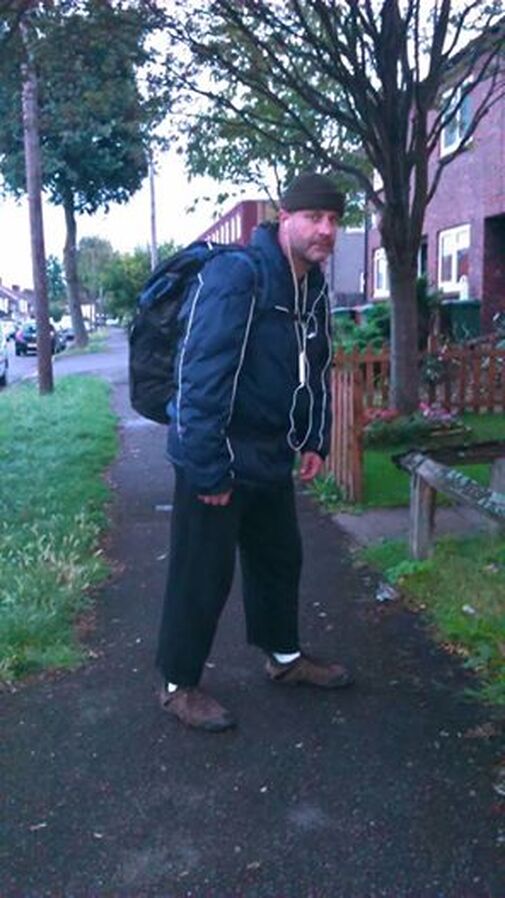
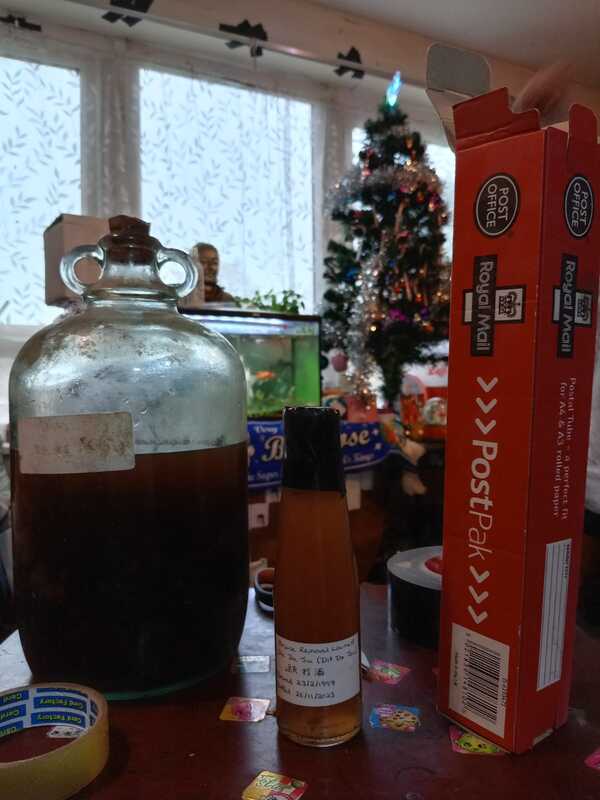
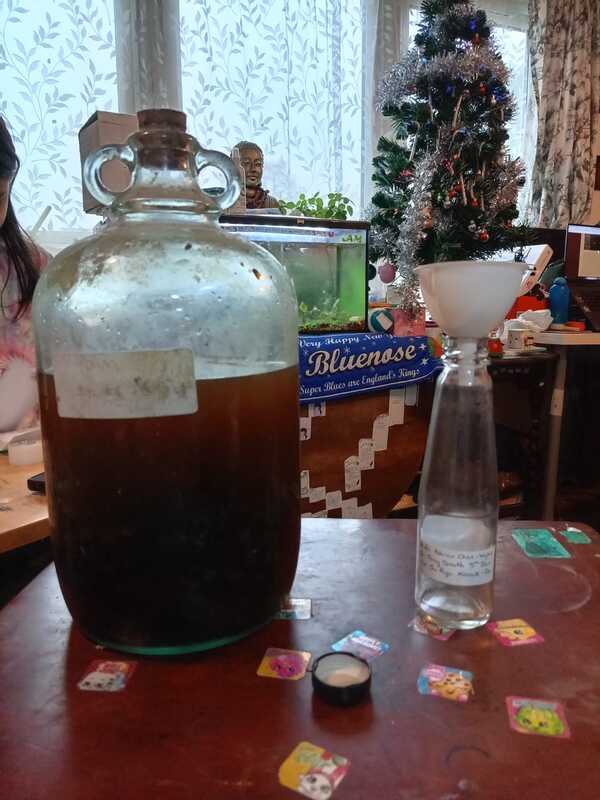
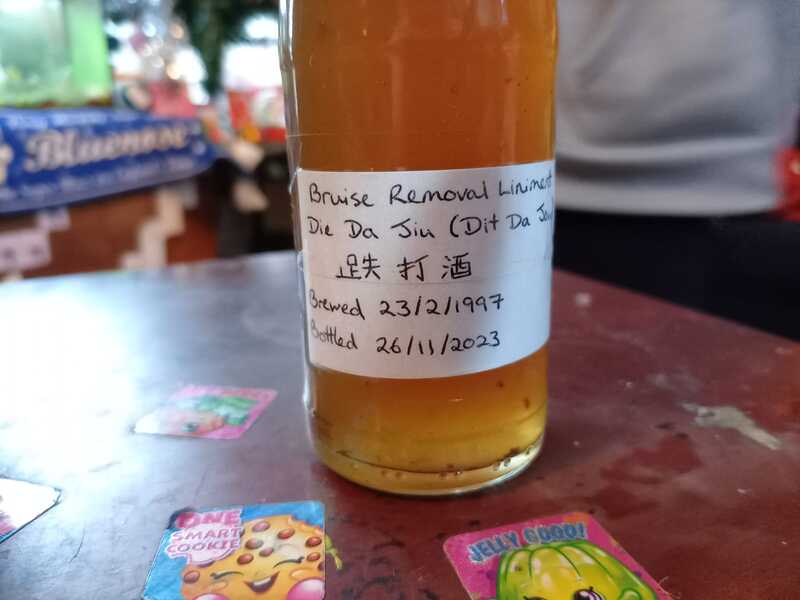
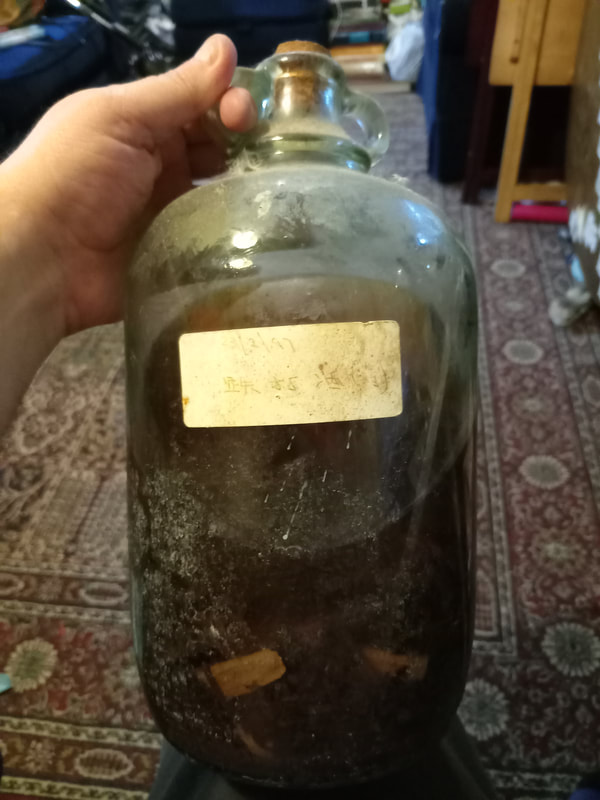
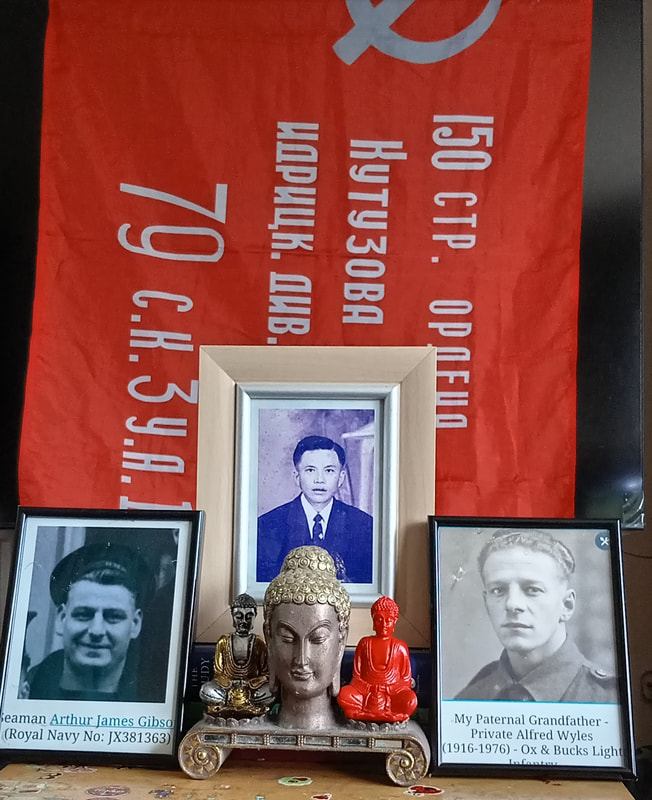
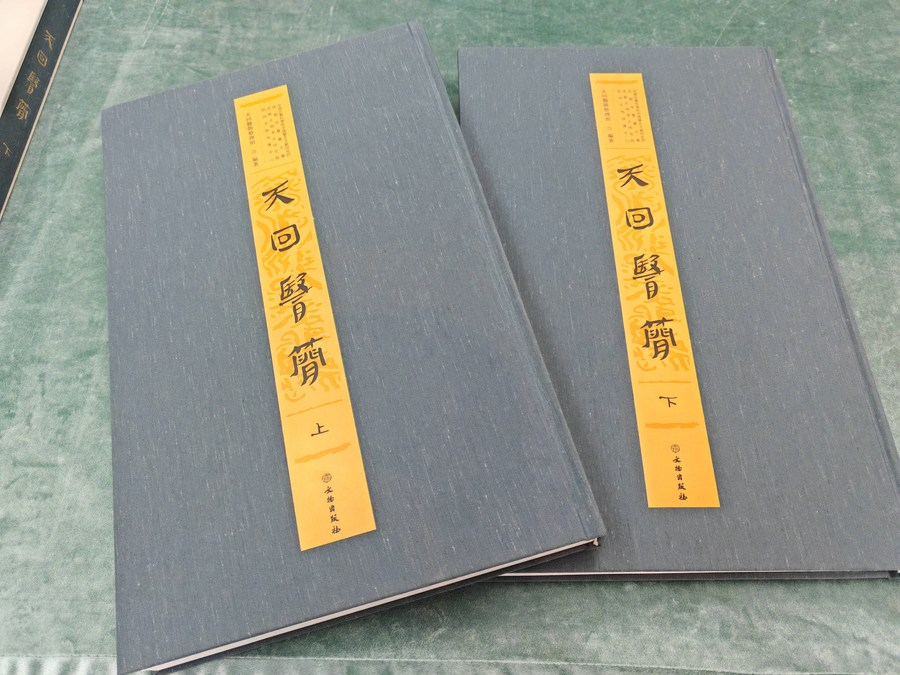
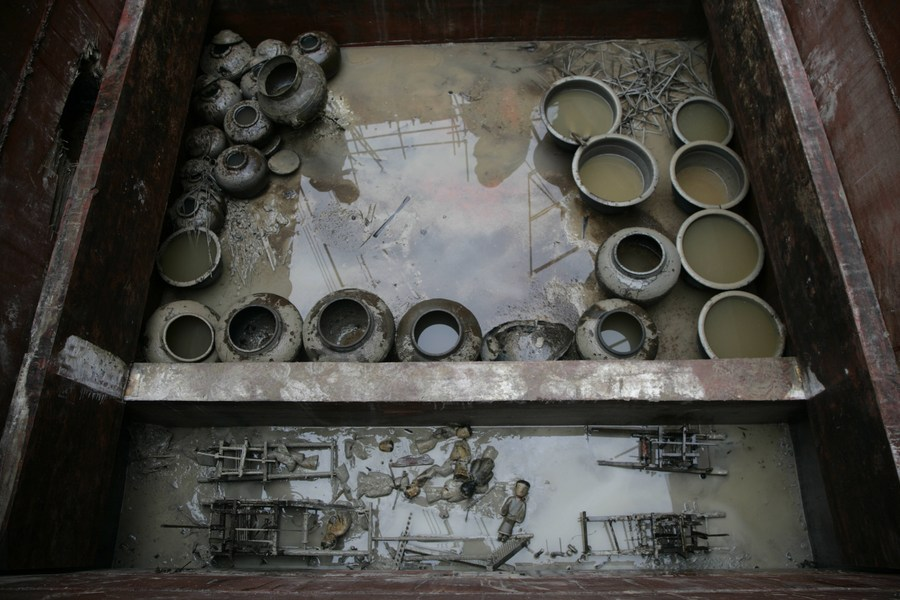
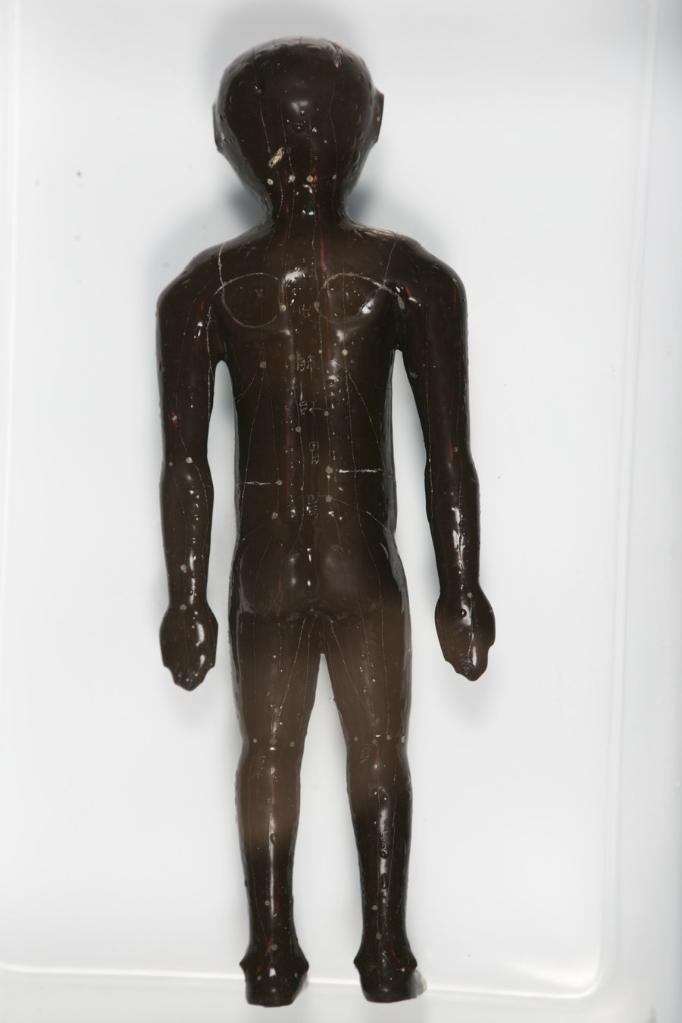
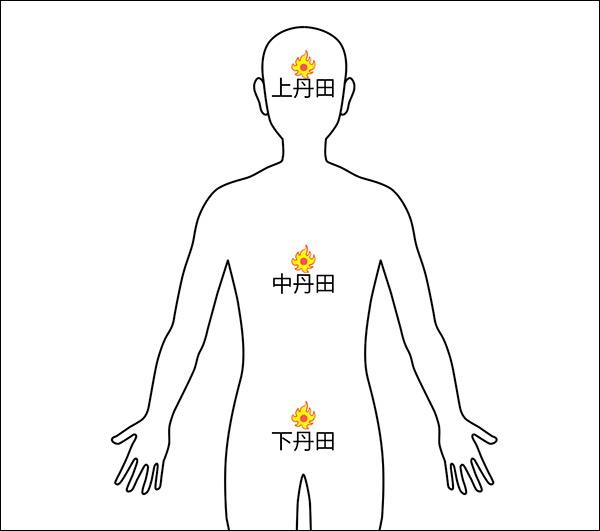
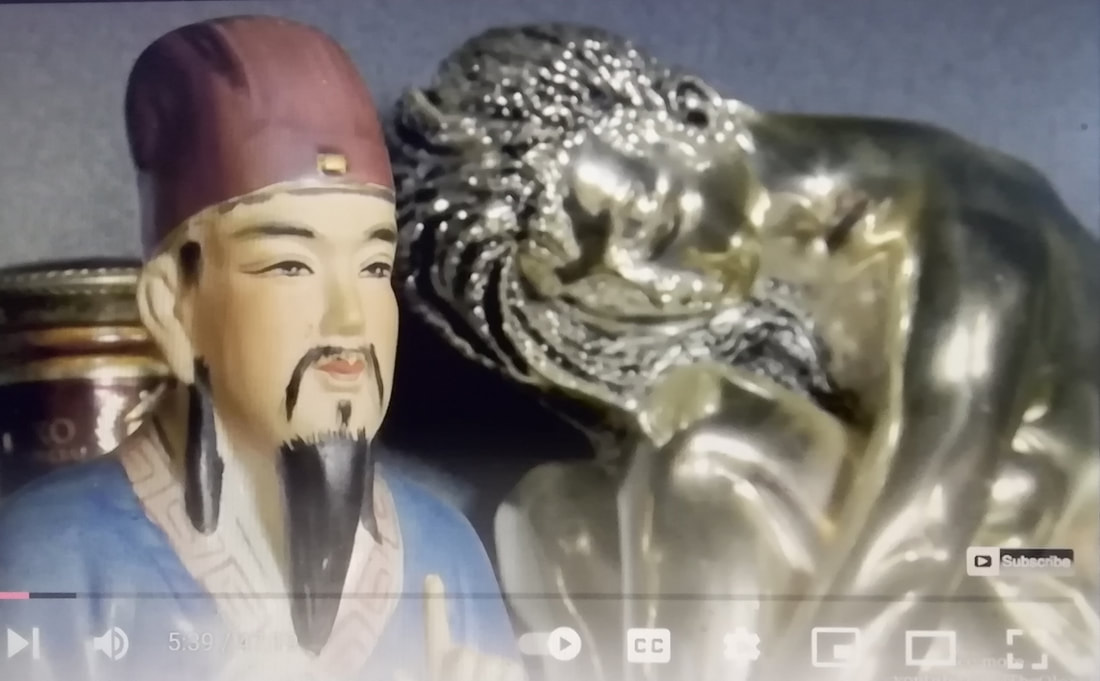
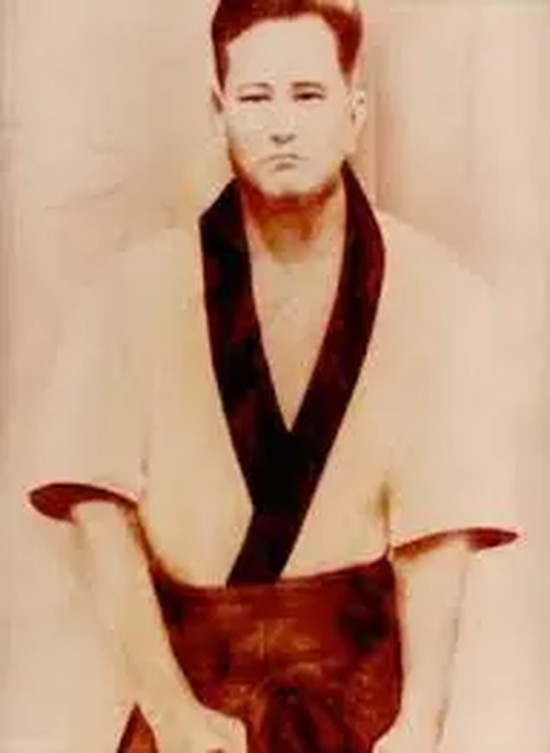
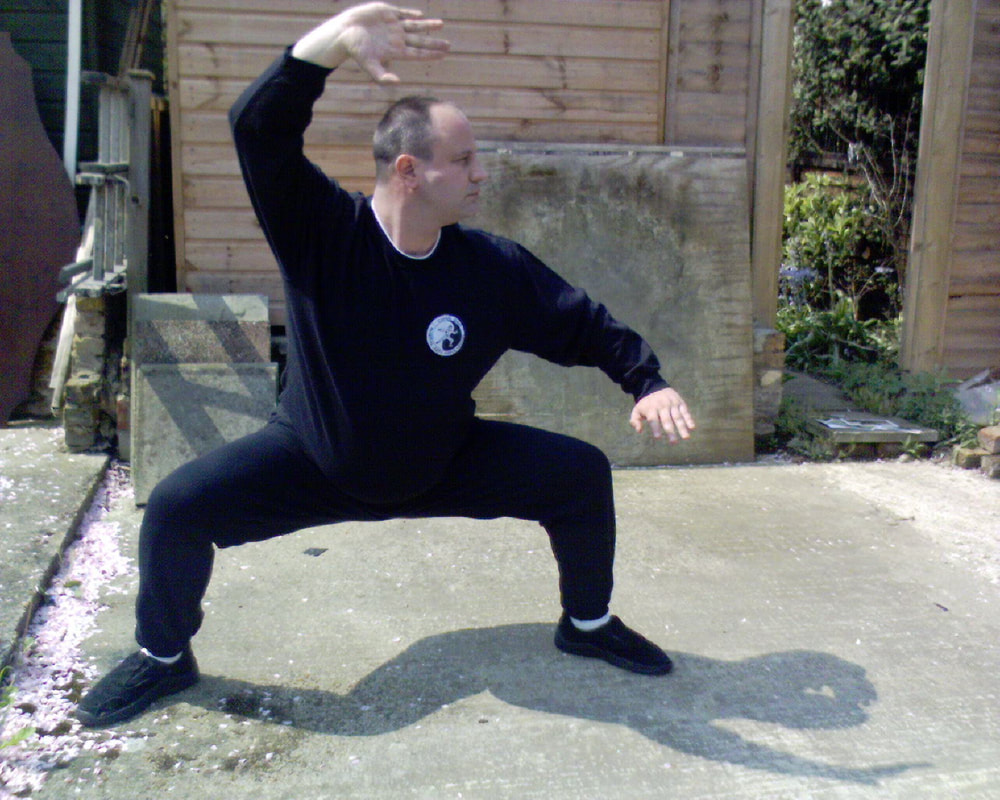
 RSS Feed
RSS Feed